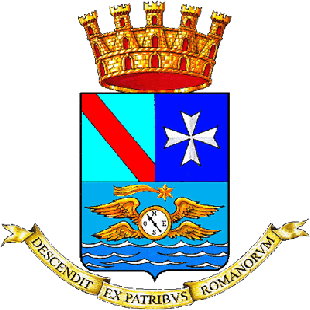Maritime Law
Explain how Europe benefited from cultural diffusion during the period c. A.D. 1000 - 1500.

GULF OF ADEN - off west coast of Africa (May 13, 2009) Members of U.S. Coast Guard prepare to board a suspected pirate mothership after responding to a merchant vessel distress signal.
In the wake of the collapse of the Roman Empire, the barbarians had destroyed the commerce of Europe outside of the Byzantine Empire. Those bandits had no use for commerce. They were pirates at sea, and highway robbers on land.
By the Late Middle Ages, the Italian republics grew and prospered and devoted themselves to trade. The merchant fleets of Venice, Genoa, Pisa, Amalfi traded with the Byzantine Empire and the Levant. Especially after the Crusades had expanded the trade of the Mediterranean, legislation was needed for the regulation of commerce, and the principles of that legislation was found in the Roman Law.
The earliest of the laws was the Tabula Amalfitana. During the early Middle Ages, Amalfi and the surrounding region formed an independent state. In the 11th century it came under Norman control and the town grew to become an important maritime power.
Through its prowess of the seas and dominance in international trade, Amalfi drafted the most effective code of maritime law of the time, which was adopted by all the maritime powers of the area.
However, the Tabula Amalfitana were superseded by the Consolato del Mare, and the latter became and remained the maritime law of the Mediterranean through all the period of the Middle Ages, and down even to comparatively recent times.
The Consolato del Mare, or Regulation of the Sea, which was prepared either at Barcelona, Spain or at Pisa, Italy, which at that time with Venice and Genoa was one of the great trading cities of the Italian peninsula. The date of its first drafting is not known, but it preceded the First Crusade, which started in A.D. 1096.
It was a compilation of comprehensive rules for all maritime subjects, without much order in its plan. It dealt with the ownership of vessels, the duties and responsibilities of the masters or captains thereof, duties of seamen and their wages, freight, salvage, jettison, average contribution, and the rights of neutrals in time of war.
The Consolato del Mare inspired the next great code of maritime regulation, the Laws of Oleron, which are supposed to have been compiled about A.D. 1150. It is generally understood that we owe them to a woman, Eleanor, Duchess of Guienne, Queen first of Louis VII of France and afterwards of Henry II of England.
It is believed that, when she was in the Middle-East accompanying her first husband, the King of France, on the Second Crusade, she became acquainted with the Consolato del Mare, which was then dominant in the Levant.

Amalfi Coat of Arms
It was adapted for use by the little island of Oleron, off the coast of Guienne, then the centre of the commerce of Southwestern France, who were largely engaged in the Atlantic coast trade at the time. It was soon adopted both in France and England under the title of the Laws of Oleron, by which name the compilation is known to this day. With more or less modification it is the maritime law of the civilized world today.
These medieval maritime law codes enjoyed authority far beyond the ports were they were created. In essence, until the rise of modern nations, maritime law did not derive its force from territorial sovereigns but represented what was already conceived to be the customary law of the sea.
Eventually, as commerce from the Mediterranean moved northward and westward, sea codes developed in northern European ports. Among the important medieval sea codes of Northern Europe, were the Laws of Wisby (a Baltic port) and the Laws of Hansa Towns (a Germanic league).
